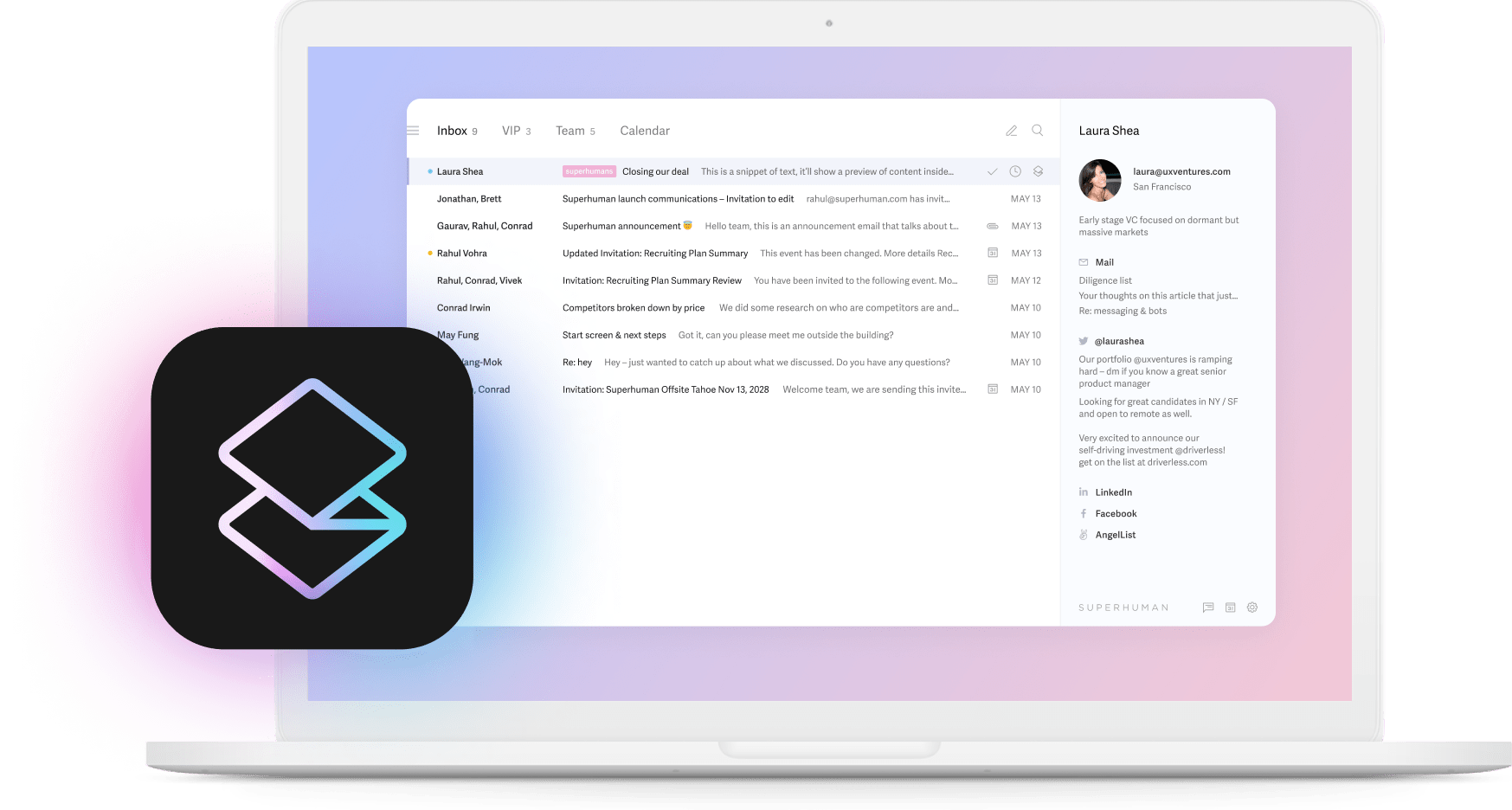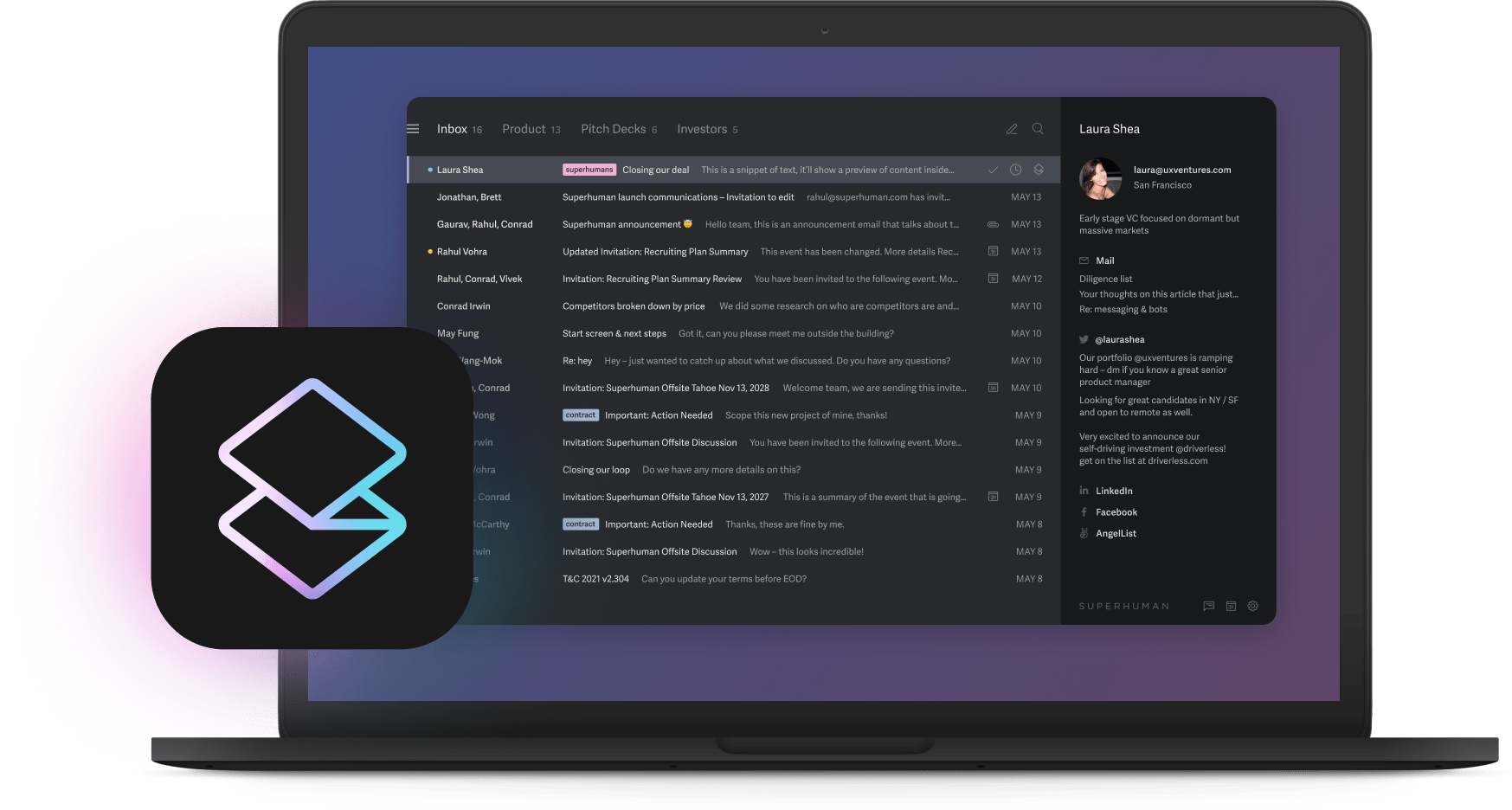
Your star performer just quit. No warning, no complaints during reviews, just a polite two weeks' notice. Sound familiar?
Only 23% of employees worldwide feel engaged at work. Even worse, U.S. engagement dropped to a 10-year low of 31% in 2024. Yet here's what most leaders miss: managers account for 70% of the difference in team engagement.
This means you have more power to fix engagement than HR programs, company perks, or executive initiatives combined. The question becomes: what works?
Most engagement advice sounds good but falls flat in practice. We've collected 15 employee engagement insights that move the needle, organized into four areas where leaders see real results: how you communicate, how you develop people, how flexible you get, and what kind of culture you build.
Communication and feedback insights
Ditch annual reviews for real-time feedback
Real-time feedback and pulse surveys work better than annual reviews because you can fix problems while they matter. Annual reviews are like getting your test score six months after taking the exam.
Think about how this plays out in reality. Employee gets frustrated in March, stays quiet until December review, then quits in January. You never had a chance to help.
Ask three simple questions every month: How satisfied are you with work right now? What's your biggest challenge? What would make things better?
The magic happens when people see you act on their answers quickly. Response rates stay high when feedback leads to actual changes, not just more surveys.
Meet with each person every week
The math here is brutally simple: more touchpoints create stronger relationships. Highly engaged employees are 18% more productive and 23% more profitable.
Schedule 15 minutes with each team member every week. Consistency beats duration every time.
Stop demanding instant responses to everything
The always-on culture kills productivity. When people feel pressured to respond immediately to every message, they never get into deep work mode.
Distributed teams figured this out first, but even office teams benefit when people can think before responding instead of firing off quick replies.
Set clear rules: quick questions via chat get responses within two hours. Email updates can wait 24 hours. Complex stuff needs actual meetings, not endless message threads.
Protect people's focus time. When someone knows they won't get interrupted every few minutes, they can think about hard problems.
Try SuperhumanMake goals visible in real time
When goals live in dusty presentation slides, they become meaningless. People waste energy on work that doesn't matter because they can't see what does.
Use dashboards everyone can check without asking permission. Make progress visible through numbers that update automatically, not manually every quarter.
Start every team meeting by connecting individual tasks to bigger objectives. This simple habit helps people see how their daily work contributes to something larger.
Recognition and development insights
Recognize good work within a week
Timing makes all the difference with recognition. Recognition within seven days drives retention because people remember what they did and why it mattered.
Wait three weeks to praise someone and the moment feels disconnected from the achievement. The motivational boost disappears completely.
Set up simple reminders: calendar alerts, note-taking apps, or team channels just for recognition. The system matters less than doing it consistently.
Public praise works for big wins. Personal messages work better for daily contributions. Both matter for building a culture where good work gets noticed fast.
Show people their career path
People quit when they can't see a future at your company. Career uncertainty drives talented employees to look elsewhere, even when they like their current job.
The fix requires ongoing effort, not just annual conversations. Talk about development during every performance review, not just when someone asks about promotion.
Map out realistic next steps with actual timelines. What skills need work? What projects would give relevant experience? What positions might open up in the next year?
Make these conversations collaborative. Some people want to move up, others prefer learning new skills or taking on different types of work. The key is having honest conversations regularly.
Replace training weeks with bite-sized learning
Corporate training weeks are where good intentions go to die. People forget everything within days because they can't apply it immediately.
Offer 15-30 minute learning sessions that connect to current projects. Skill videos, peer sessions, or quick workshops work better than day-long seminars everyone endures then ignores.
The best learning happens right when people need specific knowledge to solve immediate problems.
Build psychological safety piece by piece
Teams that feel safe to share ideas, ask questions, and admit mistakes consistently beat teams where people fear judgment. This foundation enables creativity and honest feedback.
Psychological safety means people trust they won't get punished for speaking up with ideas, questions, concerns, or mistakes. You can't mandate this with policy.
Start small: create forums for idea sharing where every contribution gets respectful consideration. Treat questions as curiosity, not ignorance. Handle failures as learning opportunities.
Model vulnerability by admitting your own mistakes and what you learned. When leaders show they don't have all the answers, everyone else gets permission to be human too.
Flexibility and wellbeing insights
Give people control over when and where they work
Flexible work design boosts productivity by 21% because people can optimize for their personal rhythms and life demands.
Some people focus best early morning, others hit their stride after lunch. Some need complete silence, others work better with background noise.
Focus on results, not activity monitoring. When outcomes matter more than hours logged, people find more efficient ways to get things done.
Invest in wellbeing programs that work
Wellbeing programs can cut absenteeism by 41% when they address root causes instead of symptoms. Proactive support prevents health problems rather than just reacting to them.
The programs that make a difference address both physical and mental health. Fitness options, mental health resources, and stress management all contribute.
But the simplest intervention might be the most powerful: encouraging people to take breaks and use vacation time. Many employees need explicit permission to step away from work.
Build a culture where taking care of yourself counts as professional responsibility, not personal weakness.
Let people choose how they get work done
Micromanagement destroys motivation faster than almost anything else. When people control their work methods, they feel accountable for results and satisfied with their contributions.
Give team members ownership over how they accomplish goals. Focus on outcomes rather than prescribing specific processes.
Encourage experimentation with new tools and approaches. Sometimes employees discover better ways to handle tasks, but only if they have permission to try different methods.
Use AI tools to eliminate busywork
Automation frees up mental energy for work that requires human creativity and judgment. When people spend less time on administrative tasks, they can focus on strategic thinking and meaningful contributions.
Look for patterns in how your team spends time. Email management, scheduling, and data entry are obvious targets, but every team has unique time drains.
Train people to spot automation opportunities in their own workflows. They often know better than anyone which repetitive tasks eat up their days.
Measure the time savings and redirect that capacity toward high-impact work. The goal goes beyond efficiency to creating space for the work that moves the business forward.
Leadership and culture insights
Connect daily work to bigger purpose
Free snacks and game rooms don't create engagement. People want to understand how their daily tasks connect to meaningful outcomes, not enjoy superficial perks.
Start team meetings by connecting each person's role to the company's mission. Help people see beyond immediate tasks to understand their contribution's significance.
Share customer stories and business results that stem directly from their work. When people see the impact of their efforts, motivation increases naturally without expensive programs that only provide temporary satisfaction.
Help people build real friendships at work
Strong workplace relationships directly affect how employees talk about your organization outside work. People who feel connected to colleagues become natural ambassadors for company culture and values.
Research shows employees with close friendships at work stay more engaged, produce better results, and quit less often. But these relationships don't develop automatically, especially in hybrid environments.
Create opportunities for people to know each other as individuals rather than just professional colleagues. Team lunches, virtual coffee chats, or shared interest groups all help.
The goal is building genuine connections that make work feel less transactional and more human.
Build inclusive environments
Employees who feel appreciated and included perform better and stay longer. Inclusive environments harness diverse perspectives to drive innovation and better decisions.
Real inclusion happens in daily interactions: whose ideas get heard in meetings, who gets invited to important conversations, who receives challenging assignments that lead to growth.
Check team dynamics regularly. Are the same people always speaking up? Do certain voices get overlooked or dismissed?
Focus on creating an environment where different backgrounds and viewpoints get valued and heard, not just tolerated or managed.
Track what matters: engagement metrics that predict success
Employee Net Promoter Score (eNPS) captures how likely employees are to recommend your organization as a great place to work. This single question provides insight into overall satisfaction while being simple to track consistently.
Focus on leading indicators like recognition frequency, career conversation completion, and feedback response rates rather than lagging indicators like turnover and exit surveys. Leading indicators help prevent problems rather than just measuring damage after engagement drops.
Connect engagement metrics directly to business results by tracking correlations between engagement scores and performance indicators like productivity, customer satisfaction, and revenue growth. This connection helps justify engagement investments and demonstrates business value to senior leadership.
Start here: 5 moves that work immediately
Want results in 90 days? These five strategies deliver immediate engagement improvements:
Weekly check-ins: Schedule 15-minute meetings with each team member every week. Use this time to discuss priorities, remove obstacles, and maintain personal connection.
Fast recognition: Recognition within seven days drives retention and satisfaction. Set up a system to acknowledge achievements within one week of their occurrence.
Goal clarity: Make sure everyone understands team objectives by reviewing them regularly in meetings and conversations. Connect individual tasks to broader goals explicitly.
Monthly pulse surveys: Real-time feedback and pulse surveys replace annual engagement surveys. Use brief monthly surveys to gauge team sentiment and spot improvement opportunities.
Communication rules: Establish clear protocols for your hybrid team that respect both collaboration needs and individual focus time. Define when to use different communication channels and response time expectations.
These five strategies create a foundation for deeper engagement work while delivering measurable improvements in team satisfaction and performance. Start implementing them this quarter and build momentum for longer-term engagement initiatives.






